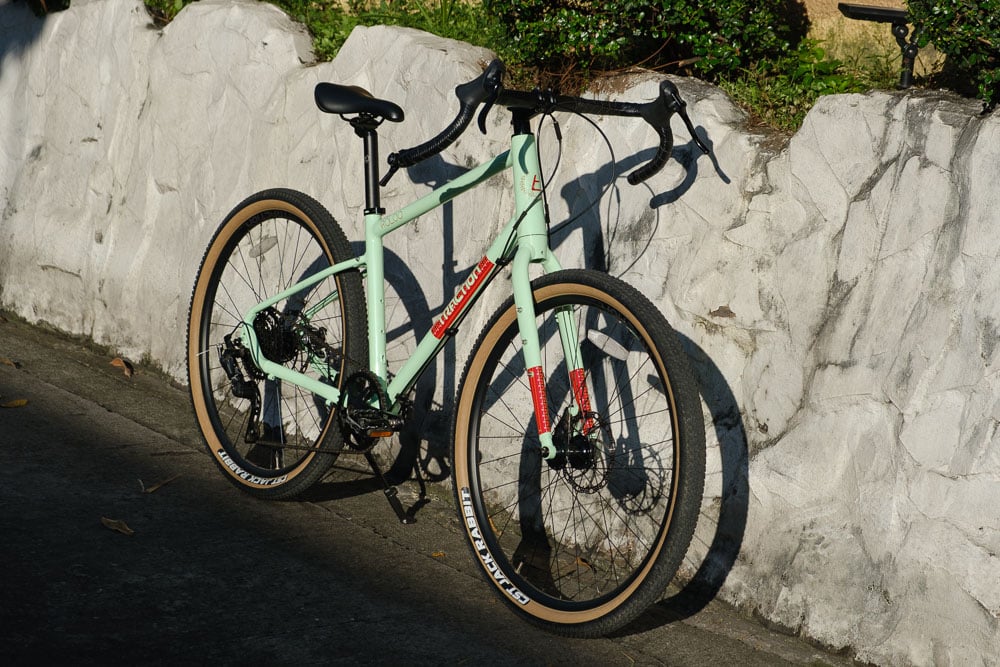
Gravel bikes are the crossovers of the cycling world. They’re rugged enough for rough pavement and light trails, yet relatively agile for long rides. If you’re looking for something good for urban commutes and out-of-town adventures, here’s why the Traction Roloo is worth considering.
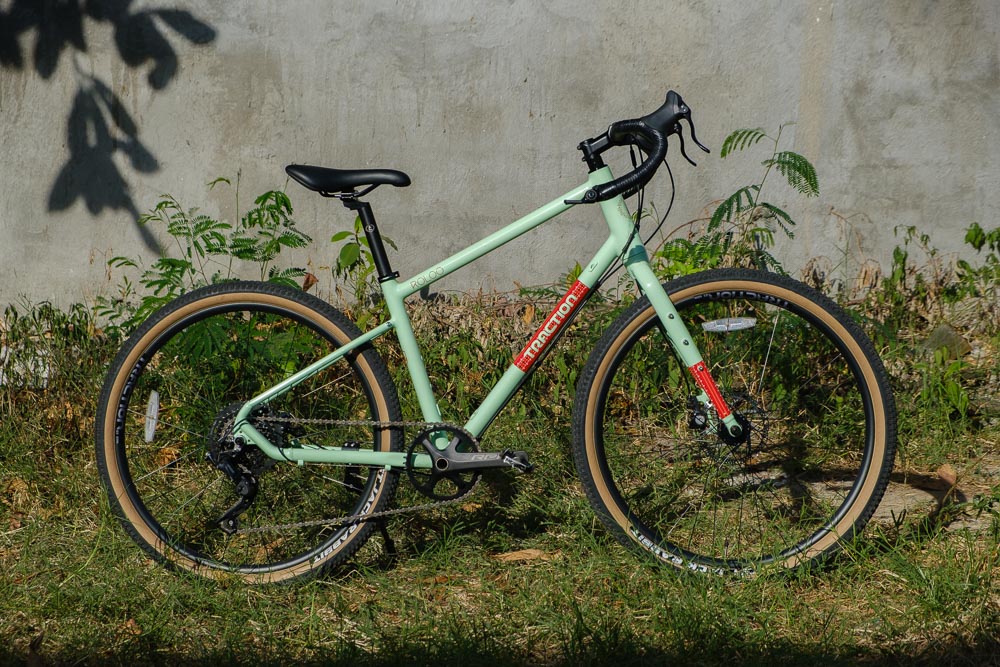
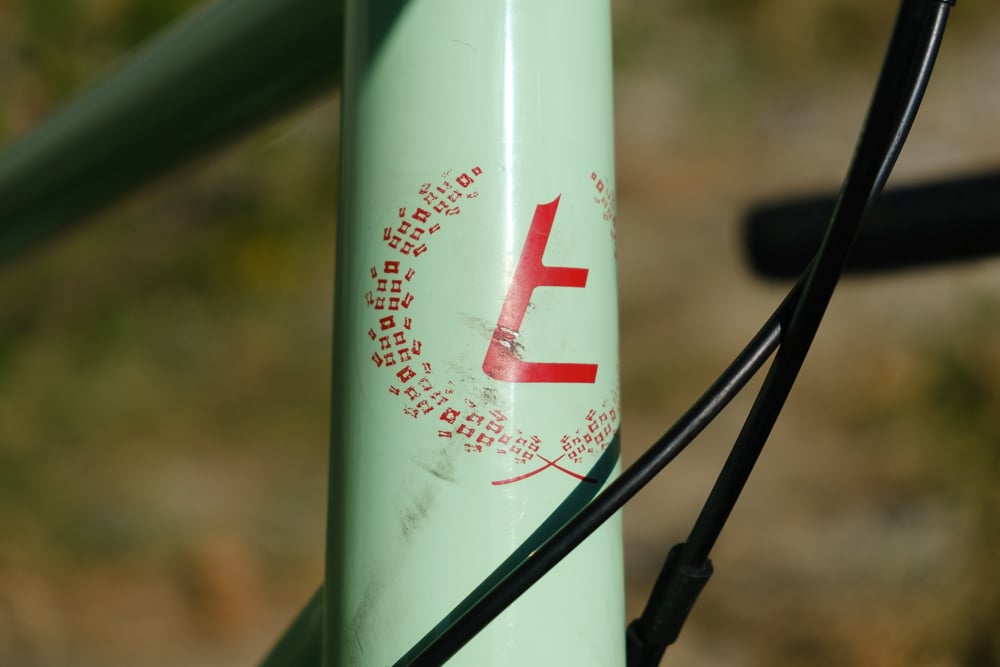
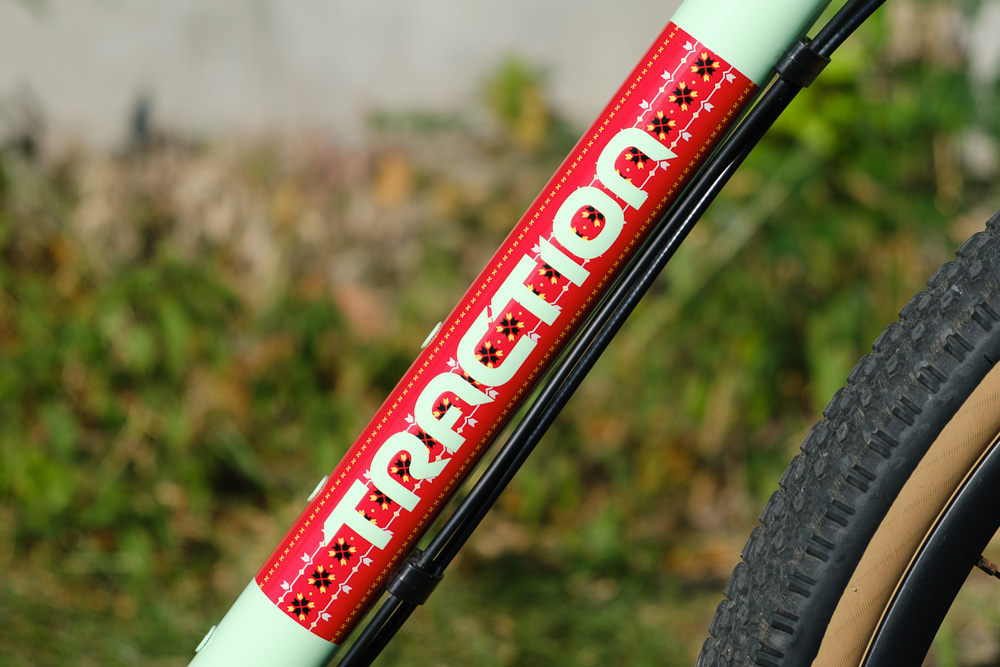
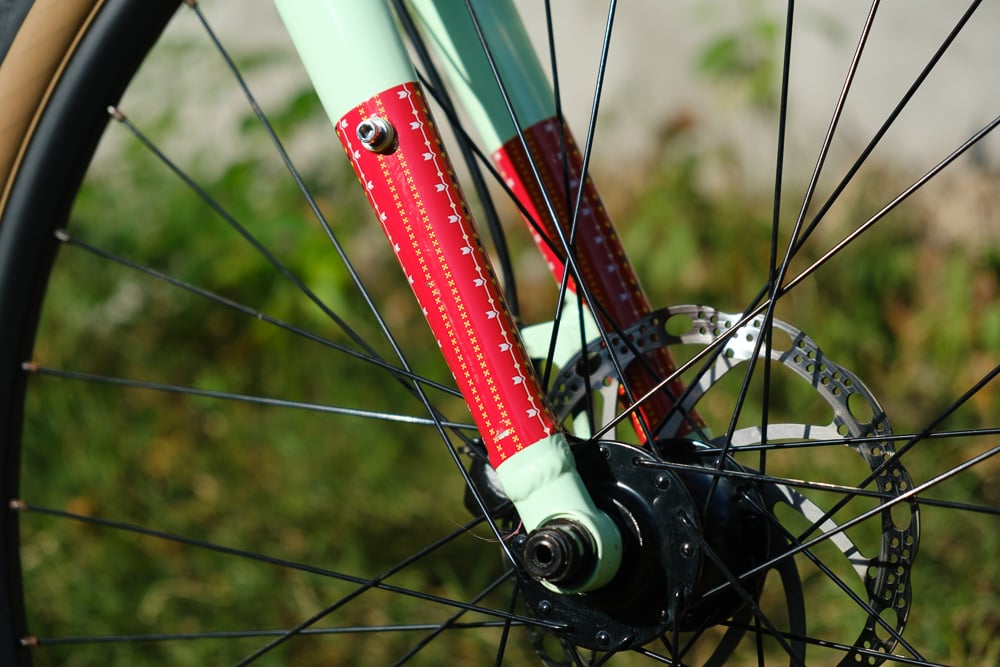
According to Traction, the Roloo’s geometry resembles a cross-country mountain bike (XC MTB), but with a shorter top tube and a taller head tube with less slack at the front. What this translates to is a relaxed and upright riding position, with balanced handling that’s neither twitchy nor sluggish.
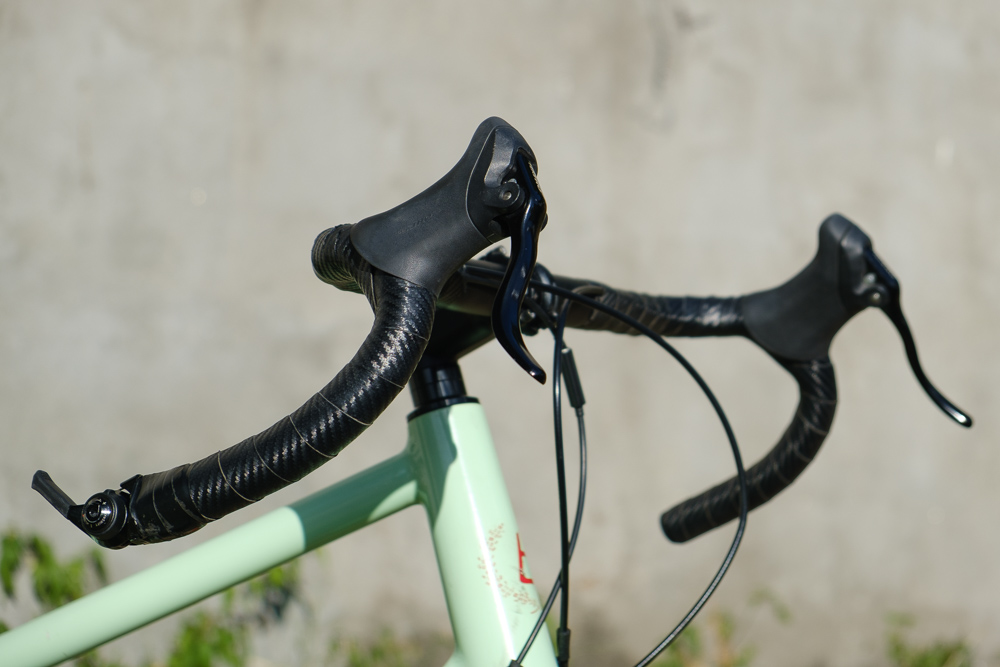
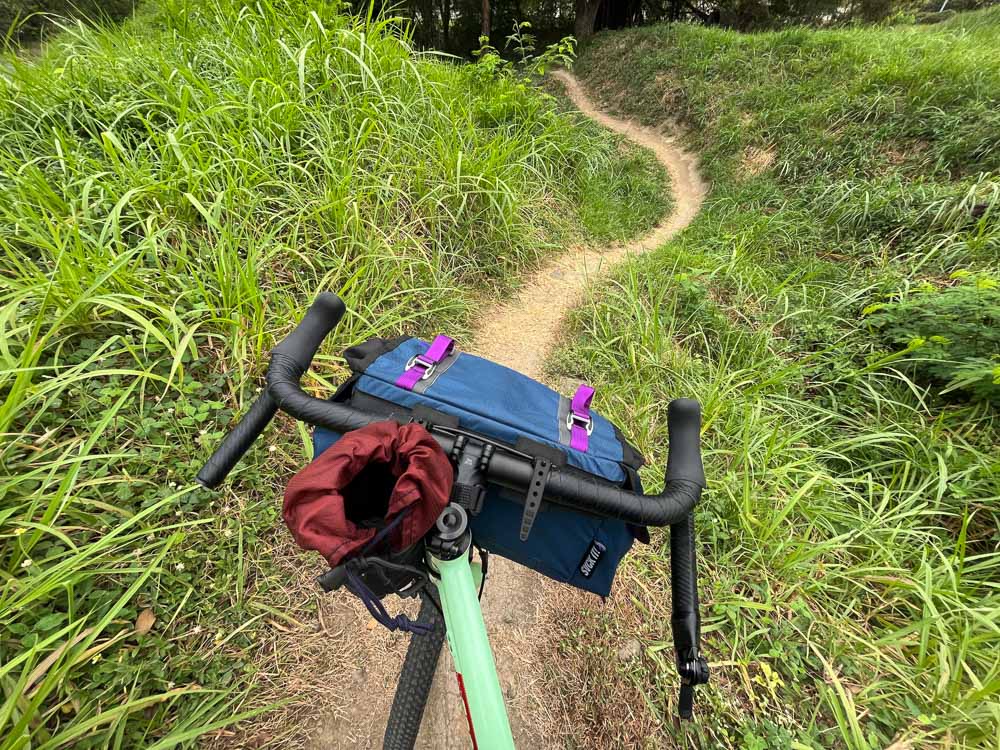
The handlebars are 42cm on paper, but my measurement showed it to be as wide as 46cm at the hoods. The 24° flare sacrifices aerodynamic efficiency for better leverage and stability when on the drops.
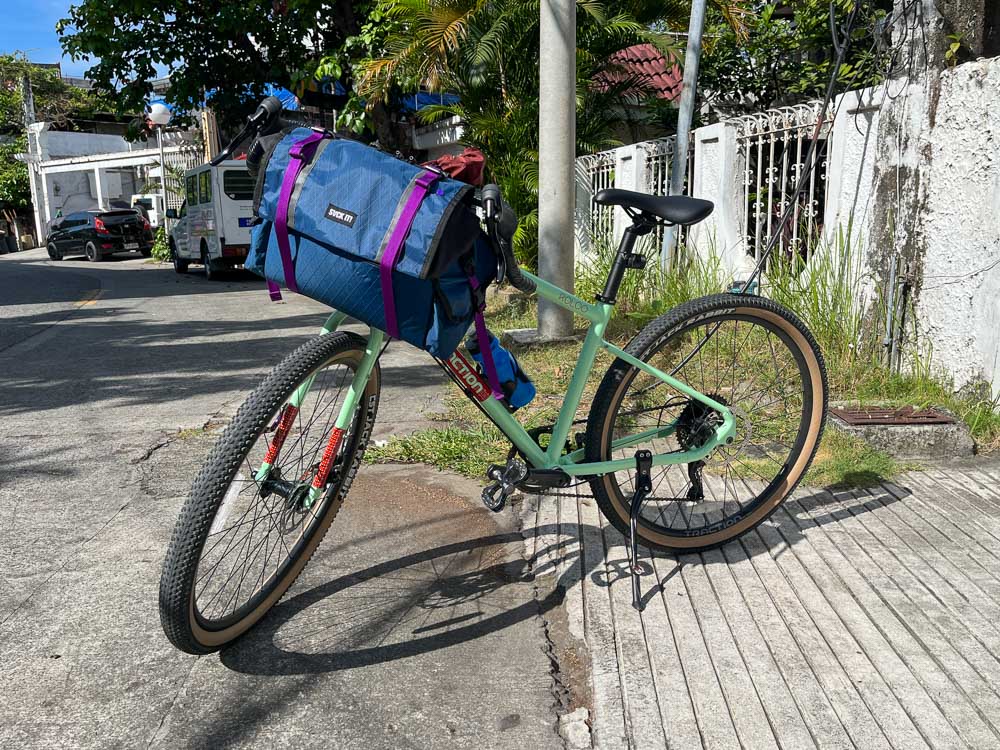
While handlebar preference may be subjective, the one thing that can’t be denied is the generous clearance for a front bag. Also, if drop bars aren’t for you, the geometry lends itself nicely to flat bars, too.
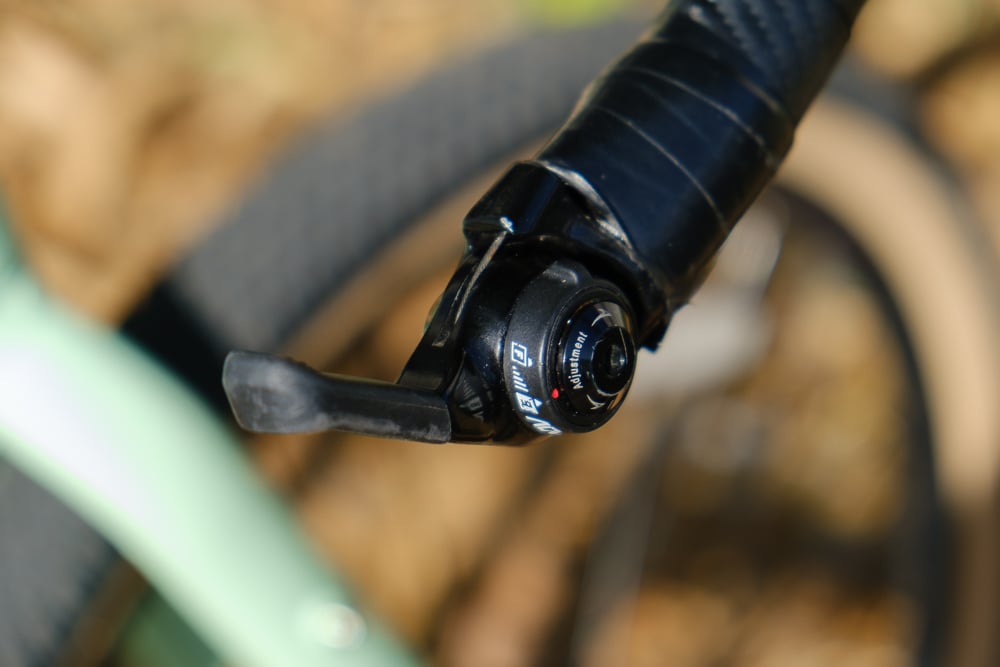
Another thing you’ll notice on the cockpit is that, unlike conventional drop-bar bikes, the brake levers are separated from the shifter, which is located at the bar end. This means you’ll have to take your hand off the handlebar when shifting gears, similar to driving with a stick shift.
An interesting feature of the Microshift bar-end shifter is that it can be used either with indexing or without it (also known as friction shifting). With the former, each gear is marked by a distinct click. Meanwhile, friction shifting doesn’t have predefined stops as you turn the lever. I prefer the latter because it’s smoother, and tuning isn’t a problem.
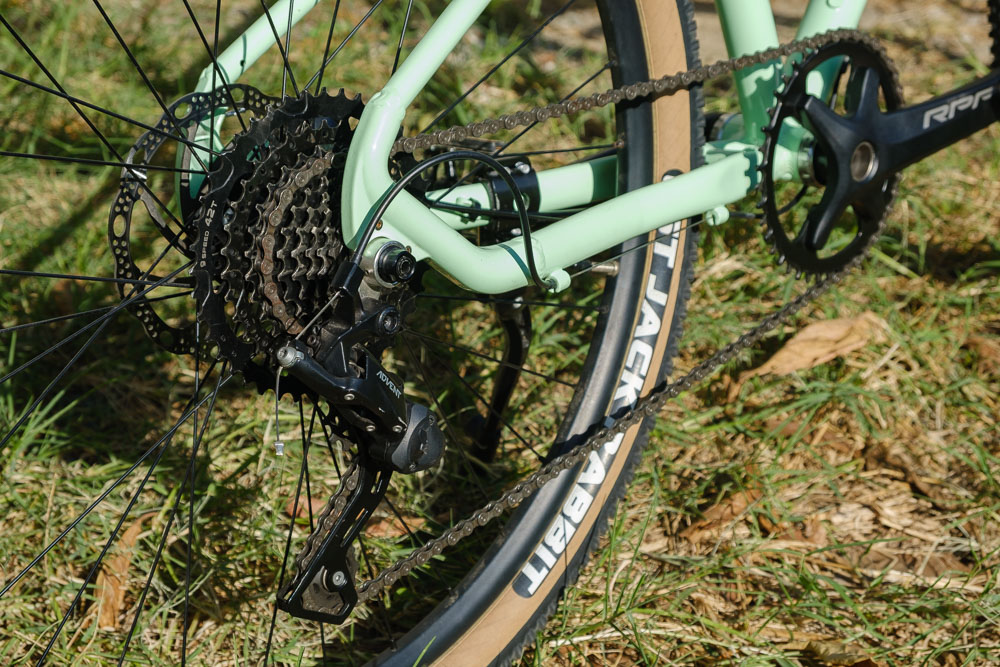
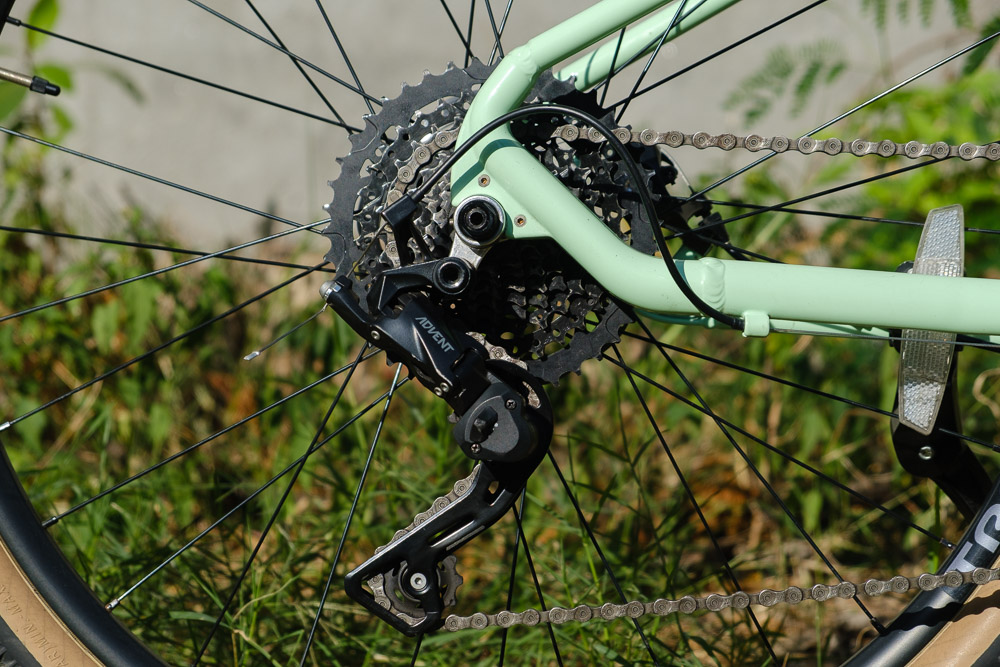
The nine-speed 11-42T cassette is paired with a Microshift Advent rear derailleur, which has a clutch to prevent the chain from bouncing wildly. With a 42T crank at the front, you can get a gear ratio of 1:1 for climbs and inclines.

The Traction Roloo rolls on a pair of 27.5-inch by 2.1-inch CST Jack Rabbits that is more than enough for Metro Manila. According to Traction, the Roloo can also take tires as large as 29-inch by 1.95-inch (or 700c by 50mm), but at the risk of having little to no clearance.
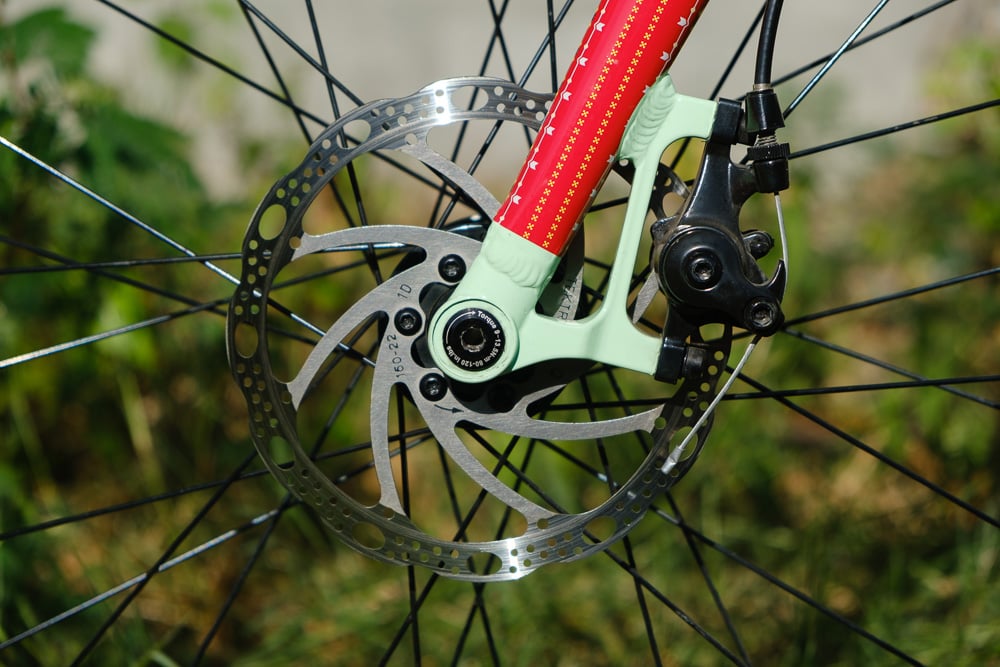
Unlike entry-level bikes, the Roloo uses thru-axle hubs with a spacing of 142mm by 12mm at the rear, and 100mm by 15mm at the front.
Meanwhile, stopping power is provided by Tektro Mira mechanical disc brakes that do their job decently.
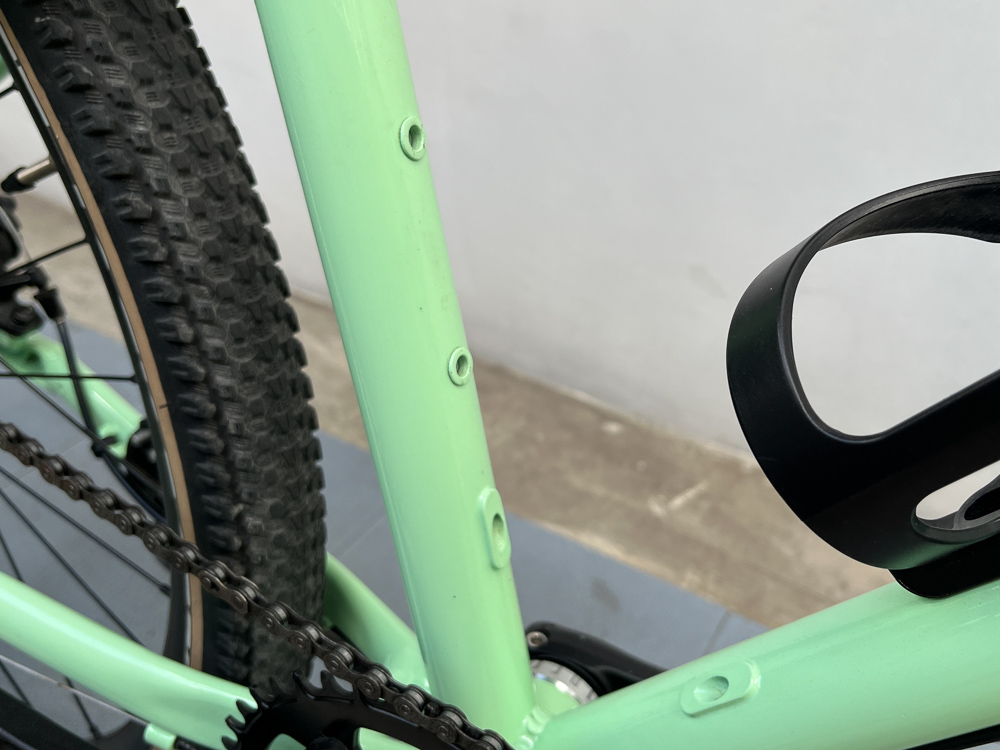
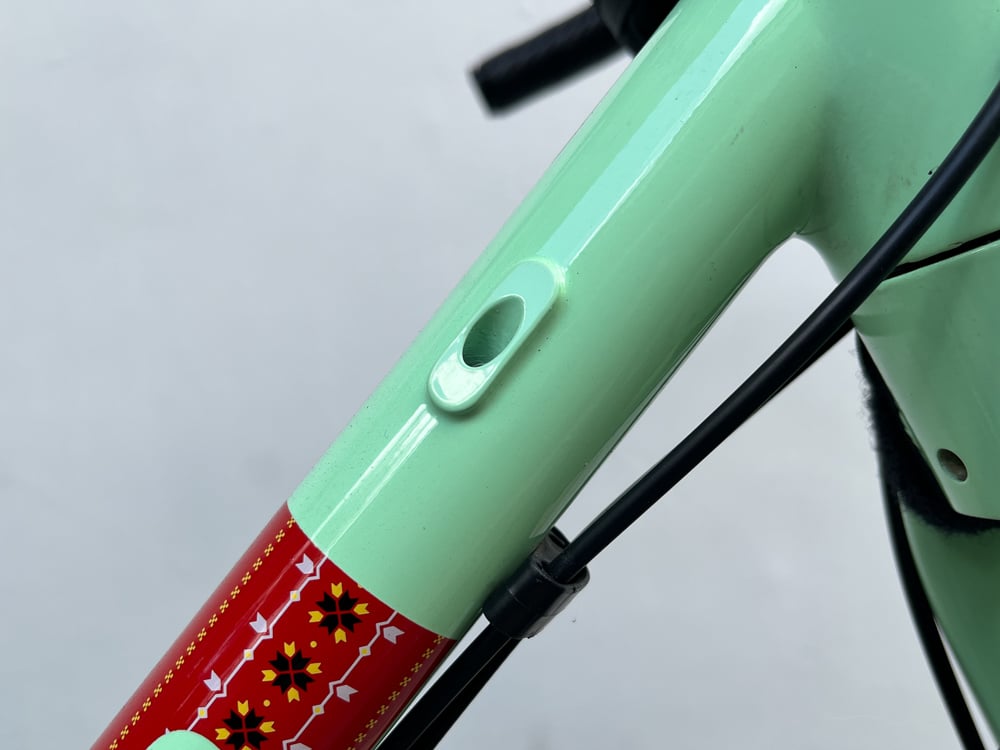
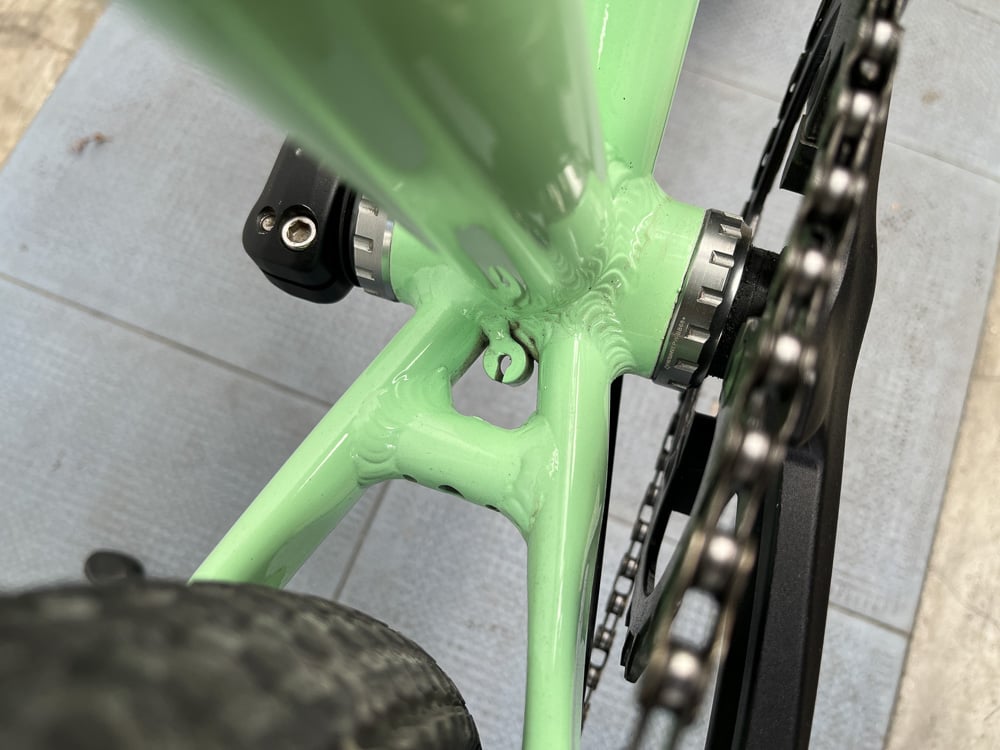
While mounts are plentiful on the frame and the fork, there aren’t any near the front and the rear axles. This isn’t a big problem if you don’t need a rear rack. But it can be a dealbreaker if you’ll be loading the Roloo for cargo hauling.
Cable routing can be done internally for a cleaner look, or externally for ease of maintenance. There’s also a cable guide for a dropper post, as well as a front derailleur.
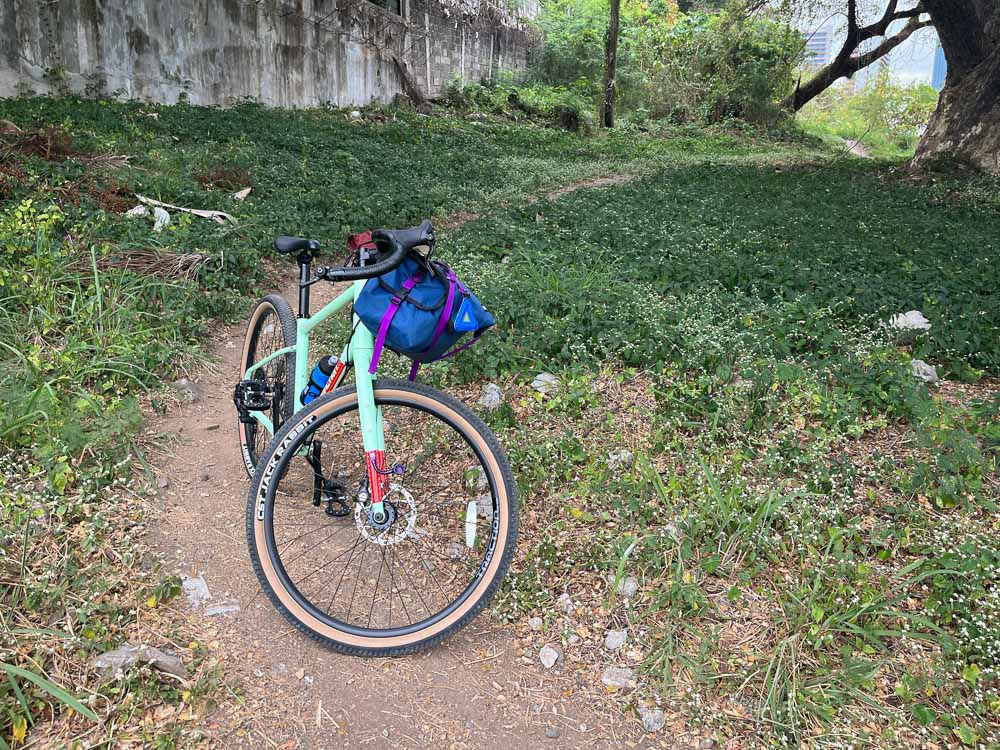
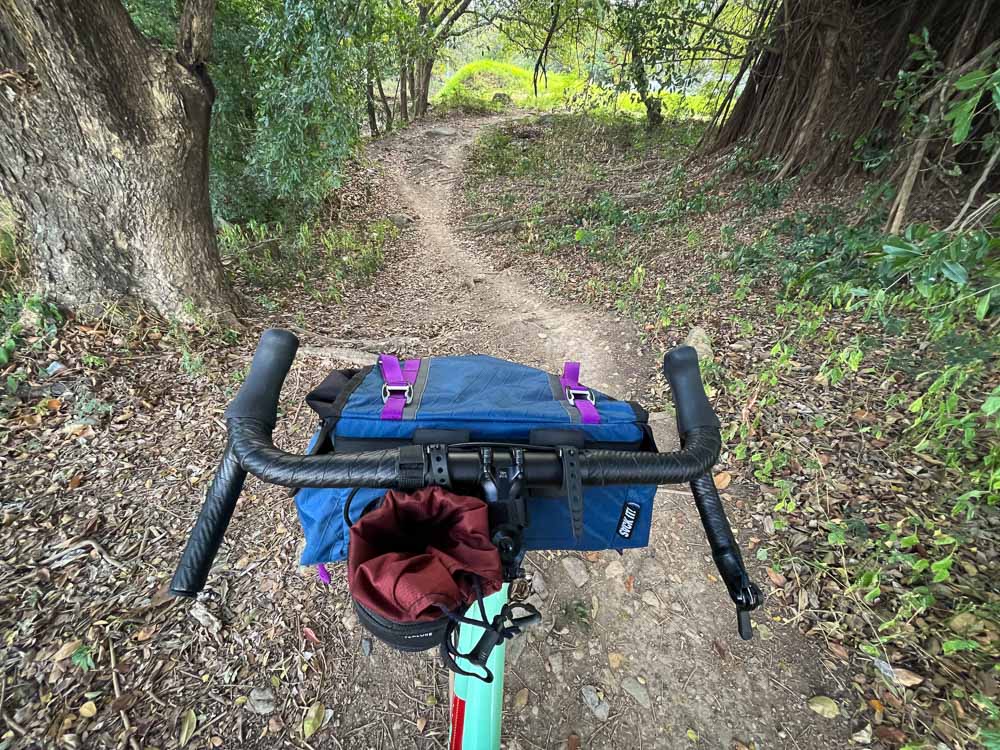
To put the Traction Roloo to the test, I went to the trails at Filinvest City in Alabang (via P2P bus). I expected it to be uncomfortable off-road with the aluminum frame and rigid fork.
However, I was proven wrong. It wasn’t the bike that was lacking, but rather the rider and his skills. The more rounds I did, the more comfortable I got with rolling over roots and rocks. And this allowed me to go faster.
But no matter how much one can improve, don’t expect to be shredding through single-track as quickly as someone with a proper MTB.
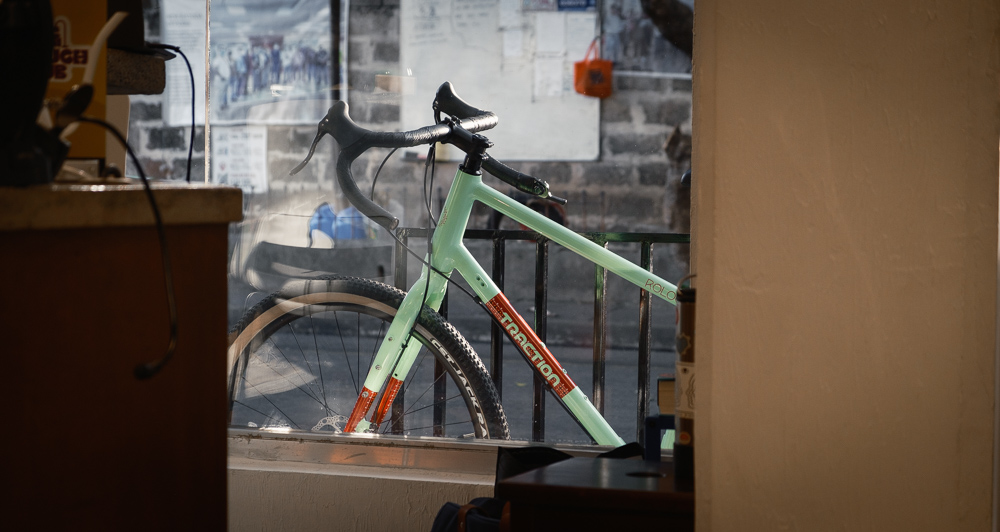
What impressed me the most with the Roloo was how much I enjoyed it. You see, I own a steel gravel bike, and even after heavily upgrading the wheelset, the drivetrain, and the cockpit—all for the sake of performance—I still feel weighed down by its heft when riding it.
That wasn’t the case with the Roloo. Not only is it lighter at around 12.5kg, but I also didn’t get a nagging feeling that something had to be modified. It was a fun bike to ride straight out of the box.
The gearing could be lighter with an 11-46T cassette and a smaller chainring, but that’s just my personal preference because of where I live. Still, I was very much content with the stock components mentioned throughout this article.
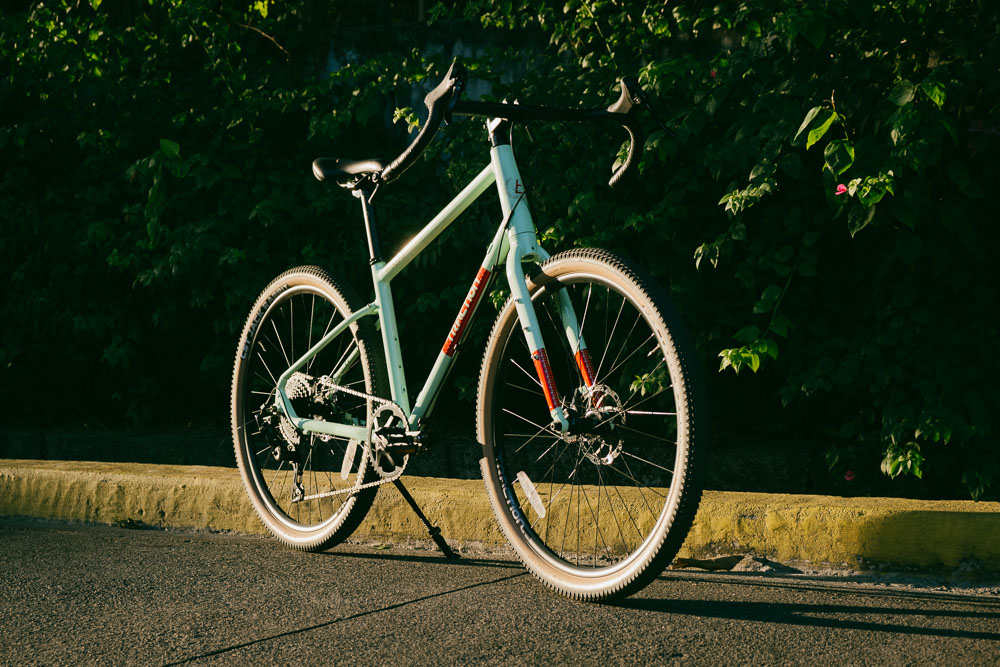
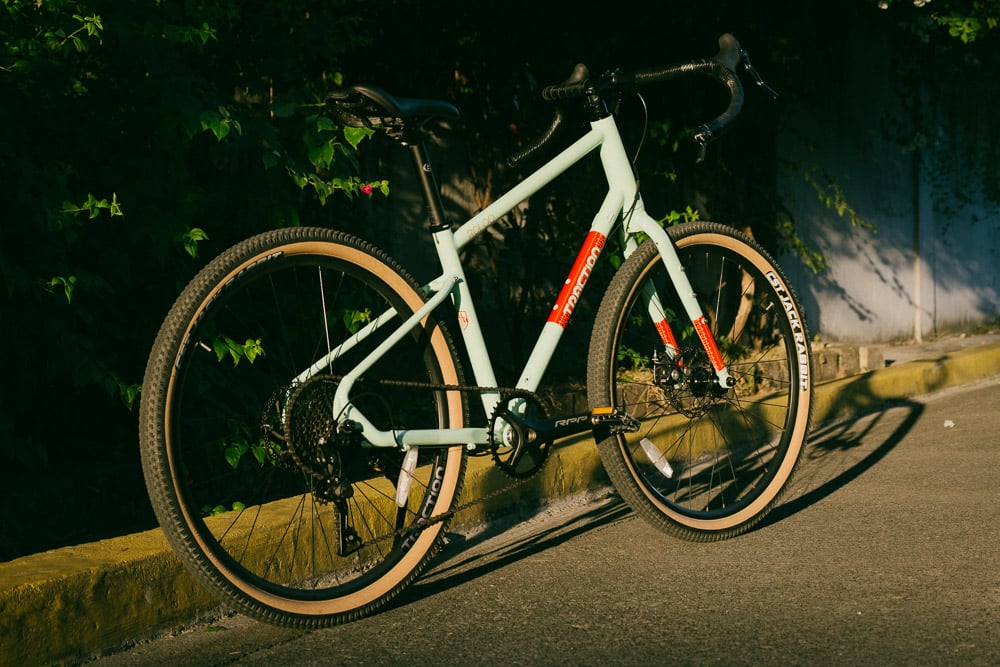
Obviously, the Traction Roloo isn’t the most premium bicycle out there, nor does it come close to being my favorite one. But I had a blast with it. The bike is a plain joy to ride with its relaxed geometry, good handling, thick tires, and wide gearing—all for an attractive SRP of P30,000 for the built bike, and P9,100 for the frameset.
Because of this, there’s something for everyone—whether you’re a beginner looking for your first bike, a hobbyist wanting to experiment with a custom build, or a longtime enthusiast hoping to rediscover the fun in cycling.
If you’d like to get your own unit, you can message the local brand on Facebook to find your nearest dealer.


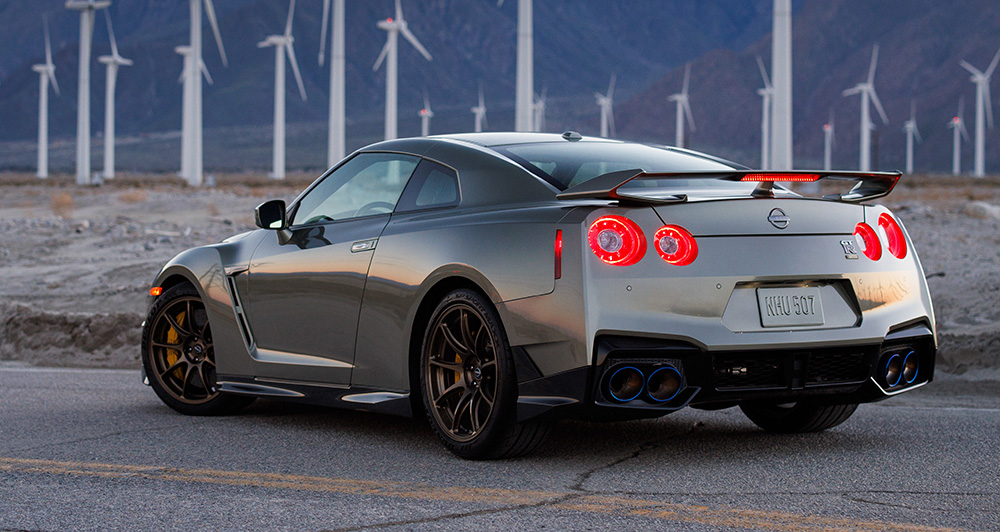
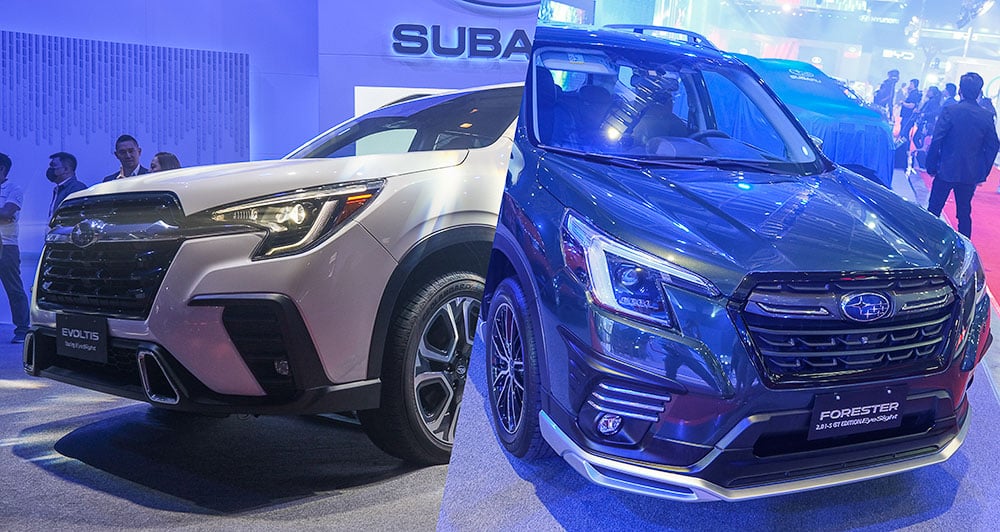
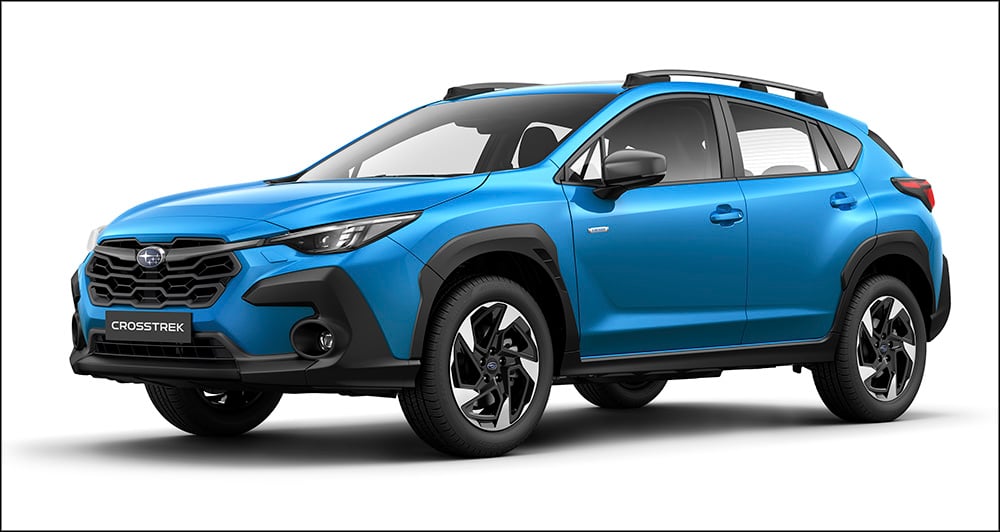
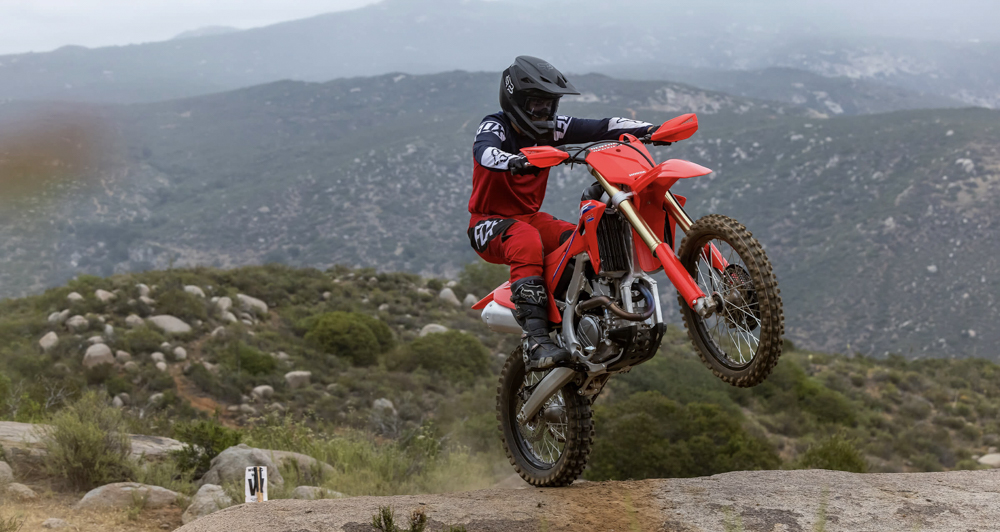
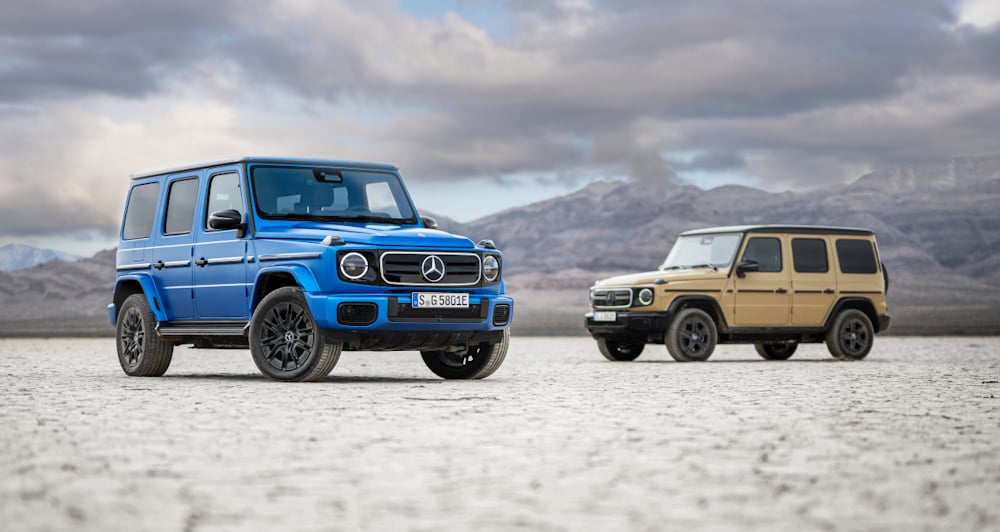
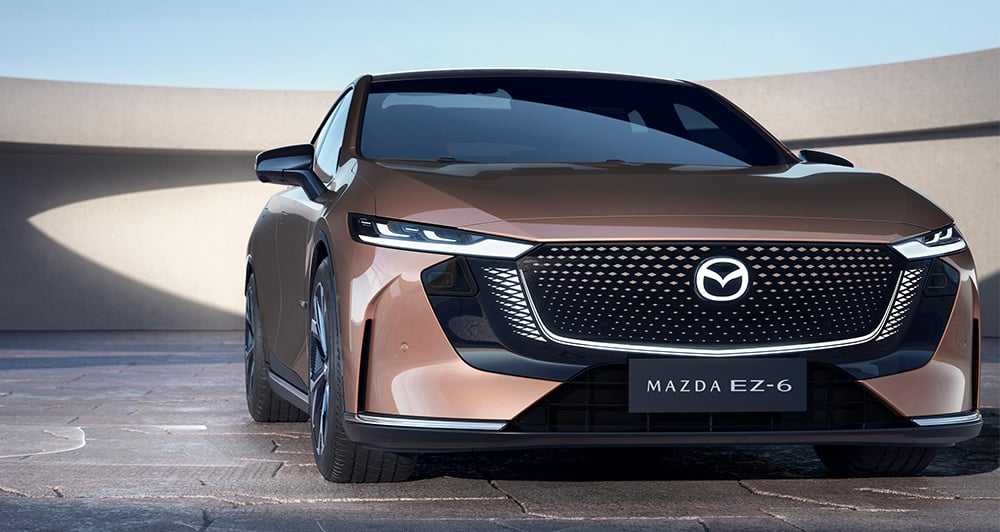
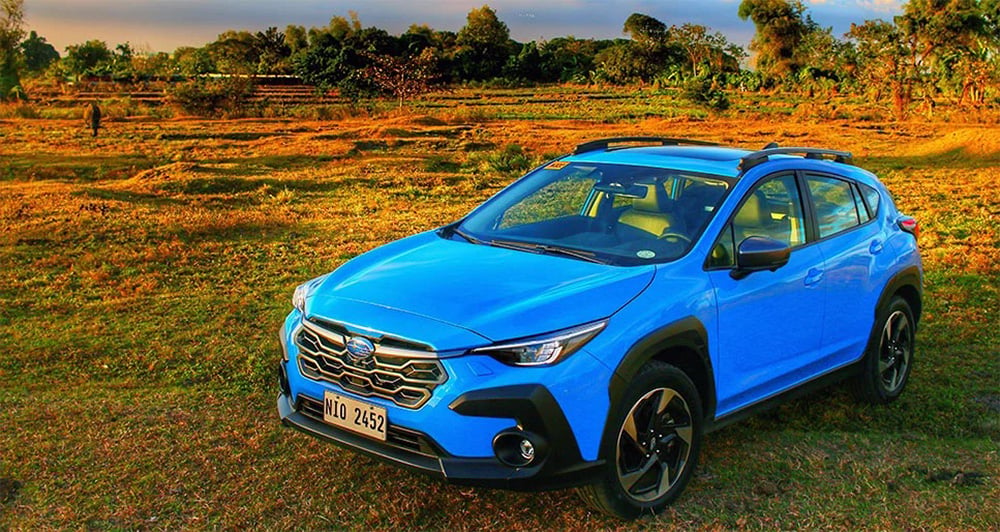


Comments